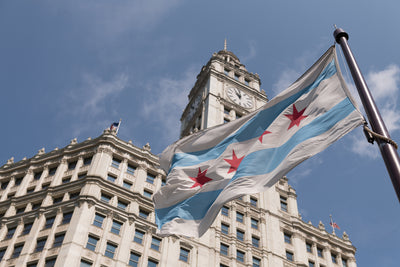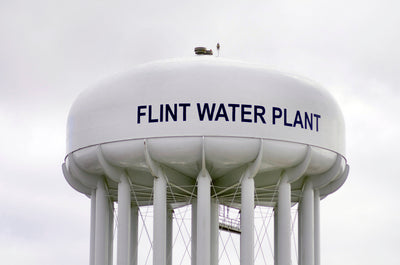Analies Dyjak, M.A. | Head of Policy
Consumer Reports recently tested 47 different bottled water brands for the presence of PFAS compounds. The study tested 35 still or non-carbonated brands, and 12 carbonated brands. Consumer Reports also tested the different brands for various heavy metals including arsenic, cadmium, lead, and mercury.
Which Brands Had The Highest Levels of PFAS?
The two still-water or non-carbonated brands that had detectable levels of PFAS were Deer Park and Tourmaline Spring, according to Consumer Reports. 7 out of the 12 carbonated brands that were part of this study had PFAS levels above 1 part per trillion. These brands included: Perrier, LaCroix, Canada Dry, Poland Spring, Bubly, Polar, and Topo Chico. Topo Chico had the highest levels of PFAS, totaling 9.76 parts per trillion.
What is an “Acceptable Level” for PFAS?
On April 10, 2024, the US EPA has announced drinking water standards to limit exposure to 6 types of PFAS chemicals. These includes 4 ppt for PFOA & PFOS, and 10ppt for PFHxS, PFNA, and HFPO-DA (commonly known as GenX). We know that exposure to PFAS increases the risk of miscarriage by 80-120%. We also know that exposure to PFAS increases the risk of cancer (kidney and testicular), increases cholesterol, causes developmental issues in infants and young children, and more. A lot of these health impacts can occur at levels lower than EPA’s current public health advisory level of 70 parts per trillion. Some states have adopted or are in the process of adopting their own enforceable PFAS standards. Even so, there is no scientific consensus on the acceptable level of PFAS for human consumption. In a Duke/NC State filter study, Hydroviv Undersink Water filters reduced PFAS levels to “undetectable.”
Is Bottled Water Safer Than Tap Water?
Not necessarily. People are surprised to learn that bottled water is actually less regulated than tap water. The Food and Drug Administration regulates bottled water and The Environmental Protection Agency regulates tap water. Both agencies must meet identical federal standards for the same amount of contaminants, with the exception of lead. Also, bottled water companies are not required to disclose where they source their water on the bottle itself. Municipal water providers are required to be transparent about where exactly their tap water is coming from. There’s no way to know if a bottled water company draws and treats water from a river, lake, groundwater aquifer, or the same source as neighboring tap water. Empty plastic water bottles typically end up in landfills, causing long-term environmental problems. We wrote an in-depth article about why bottled water is worse than tap water. Check it out here.
Which Brands Had Detectable Levels of Arsenic?
Consumer Reports found that Starkey Spring (a Whole Foods bottled water brand) had Arsenic levels above the regulatory limit of 10 parts per billion in June of 2019. Consumer Reports re-tested Starkey Spring water, and found Arsenic levels just under 10 parts per billion at 9.53 parts per billion. It’s important to note that 10 parts per billion is much higher than what health organizations claim to be safe. Hydroviv Undersink Water Filters brought arsenic levels down from 23.9 parts per billion to undetectable, in a recent water quality study.
Other Articles We Think You Might Enjoy:PFAS 101: Everything You Need To Know About This Harmful Category of Chemicals
How Well Do Hydroviv Filters Remove Arsenic and Uranium?
Does Boiling My Water Purify It?











